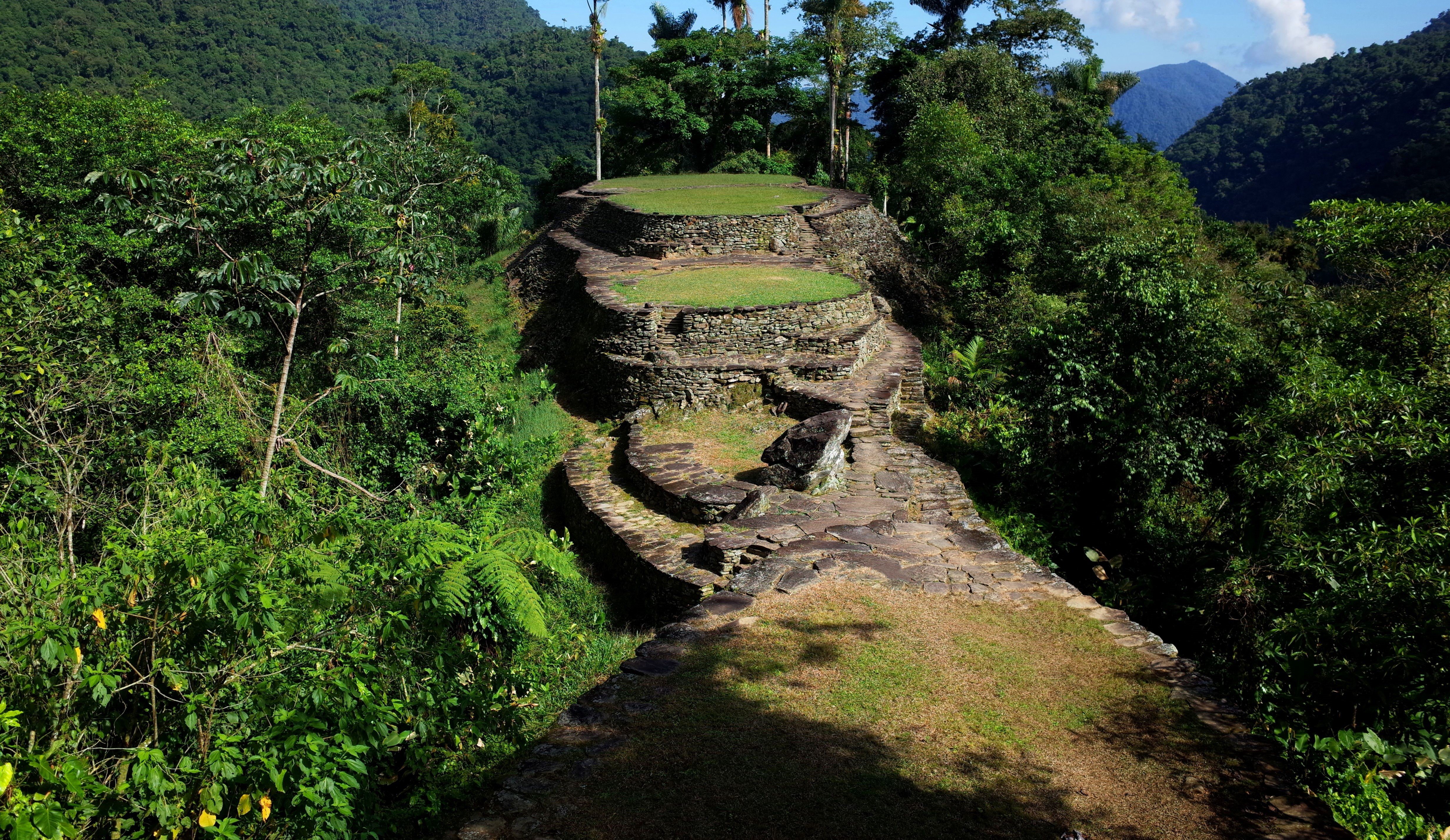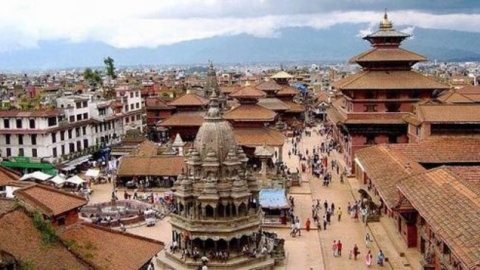Hidden deep in the jungles of Colombia's Sierra Nevada de Santa Marta mountain range is the ancient city of Ciudad Perdida, also known as the "Lost City."
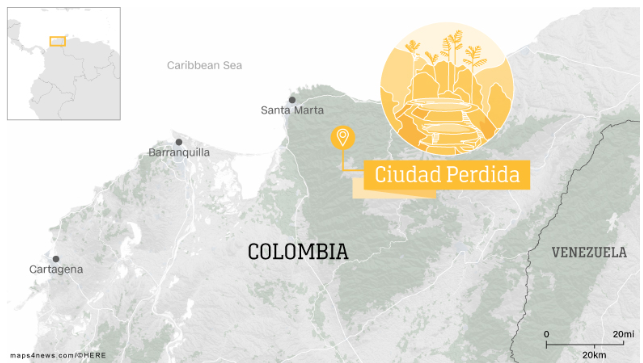
Built by the Tairona people over 1,000 years ago, this archaeological site only became a tourist attraction after its discovery in the 1970s. Originally named Teyuna by the Tairona people, it was later renamed Ciudad Perdida. This ancient wonder is often compared to Machu Picchu, as both are archaeological sites located on hillsides deep in the South American rainforest.
However, Teyuna is now over 600 years old and is not as accessible as its Peruvian counterpart, as there are no trains or buses to reach it. The only way to see its beauty is on foot – a multi-day trek that will likely leave you exhausted before you can see the ruins for yourself.
Challenge yourself
Despite the challenges of this difficult journey, I was determined to reach Ciudad Perdida. The trip began in a small town called Mamey, a two-hour drive from Santa Marta, in the north of the country and along Colombia’s Caribbean coast.
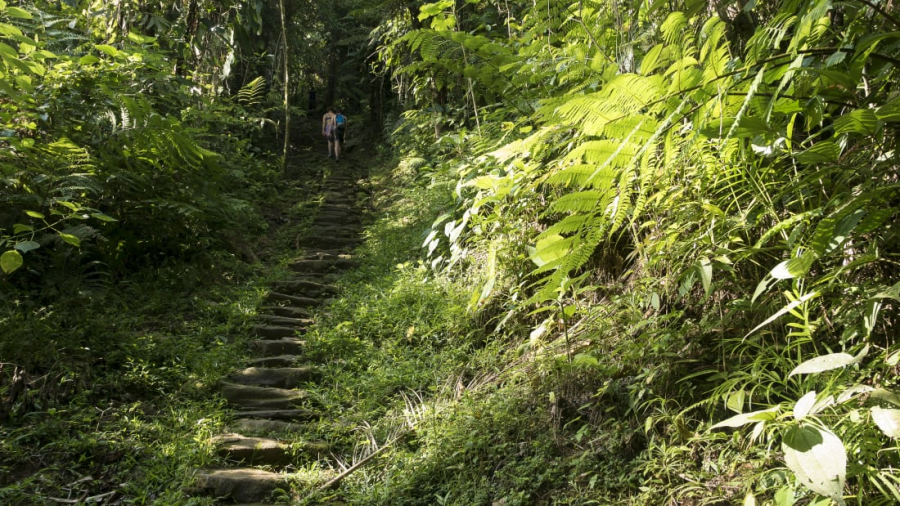
Visitors to the “Lost City” must be accompanied by a licensed guide, but it’s easy enough to book a tour of the ruins online through a number of local tour companies. After lunch in Mamey, I met up with the 12 other people in my group and our guide, Pedro. As we made our way through the dirt road, past large banana trees, towering palm trees, and a variety of dangling ropes, we knew we were in for a challenge. For this reason, participants are advised to be in good physical shape. It’s a 47-kilometer (29-mile) trek up and down four small mountains, with fluctuating temperatures and stifling humidity. Luckily, we had mules to carry our food and supplies to the cabin where we would sleep along the way. We were on a winding road along the Rio Buritaca, crossing a few river bends so the temperature was quite cool.

from a local's perspective
After our first evening dinner together, we gathered around the table and listened to Pedro share the history of the area he calls “home.” During Pedro’s time here, the area has seen three economic booms. The first two were tied to illegal substances: first marijuana cultivation and then coca, the plant used to make cocaine. (Harvesting coca leaves is legal in both Bolivia and Peru, but not in Colombia, where there is some movement to legalize coca.)
While growing these crops has been a lucrative business for the area, it has also spawned mafia gangs. The government has made great efforts to reduce the violence in Ciudad Perdida, and this has also paved the way for the third wave: tourism.
The third wave
Because of this land's rather unsavory history, many people are still apprehensive about traveling to Colombia.
In 2003, a group of tourists were kidnapped while trekking to the "Lost City", some of them being held for up to 100 days before being released.
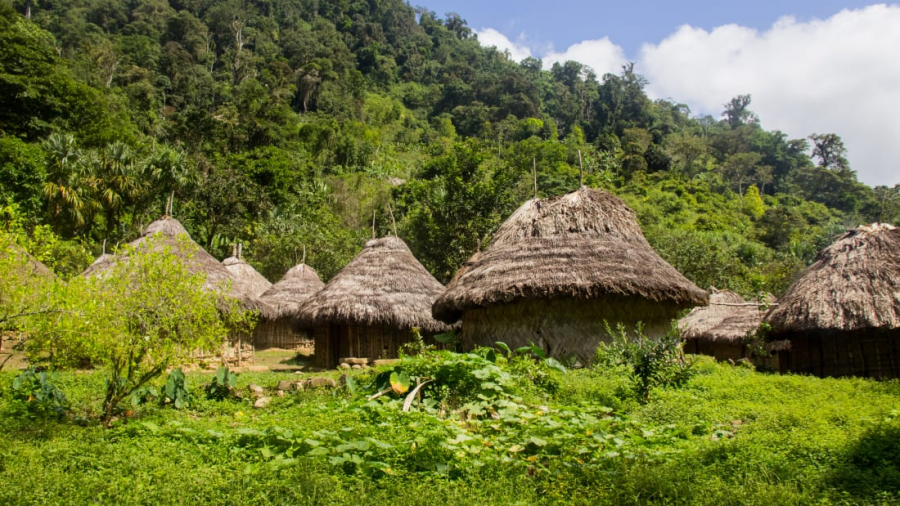
However, today, this place is protected by the Colombian army. This is a move to increase security in the area, contributing to the peace of mind of thousands of tourists who come here, including me.
Meet the wiwa people
The Wiwa are the ancestors of today's Tairona people - who have remained undisturbed for centuries. They have a special spiritual connection to this land to this day.
Dressed entirely in white – a colour the Wiwa consider sacred – they allowed us a glimpse into the tribe's daily life.
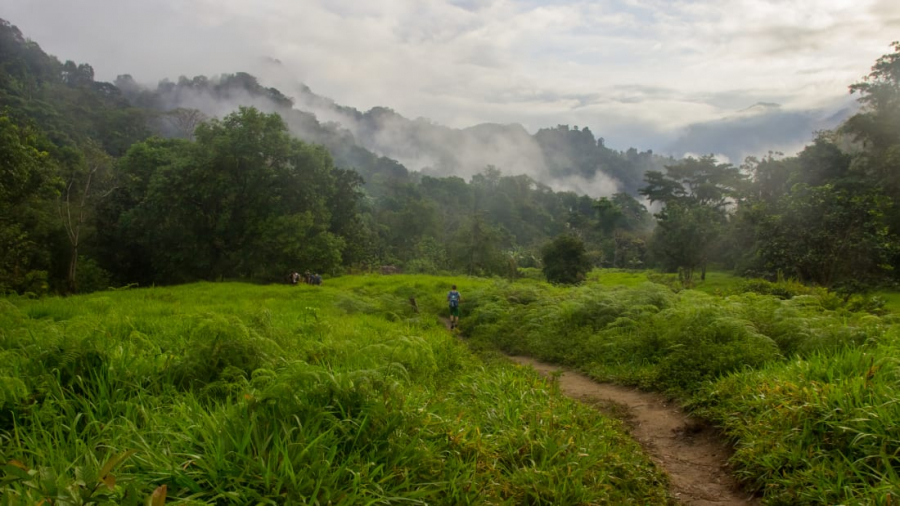
They showed us how to strip the wax from palm leaves and use the fibers to make crossbody bags called mochillas. They let us taste coca leaves, which the Wiwa consider sacred and chew throughout the day. They also showed uspoporotheir, a device made from a gourd containing lime powder from seashells, which when mixed with coca leaves produces a mild stimulant effect. In the Wiwa community, when a boy receivespoporo,It also serves as a rite of passage, marking the transition to adulthood.
The next morning we started hiking early, but in the heat my muscles started to cramp as I reached the final stretch, climbing 1,200 stone steps built by the Tairona people. Despite the pain, the goal of reaching Ciudad Perdida gave me the strength to complete the difficult trek. The rugged slopes began to open up into a series of stone terraces carved into the peaks and sides of narrow hillsides, set against a backdrop of extremely lush forest.
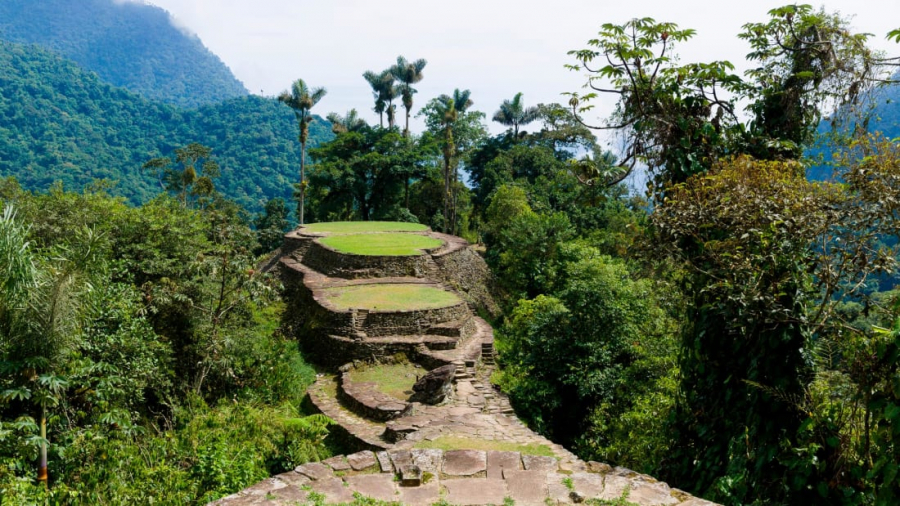
Perhaps out of a combination of exhaustion and respect for this sacred site, our group remained silent as Pedro showed us where some 2,000 Taironas lived for centuries until they abandoned it between 1580 and 1650, coinciding with the Spanish colonization of Colombia. In addition to the dense indigenous communities, there are a total of 169 terraces built on 30 hectares of land, all of which are still relatively intact due to their remote and rugged location. However, it was not until 1972 that looters came here, looking for gold, jewelry, and ceramics, that they damaged the area. After years of looting, the Colombian government finally took security measures to protect the archaeological site and help rebuild the ancient city. Sitting on one of the highest terraces, I looked down and marveled at the beauty below. It felt as if we were one of the few groups to have discovered this ancient masterpiece.
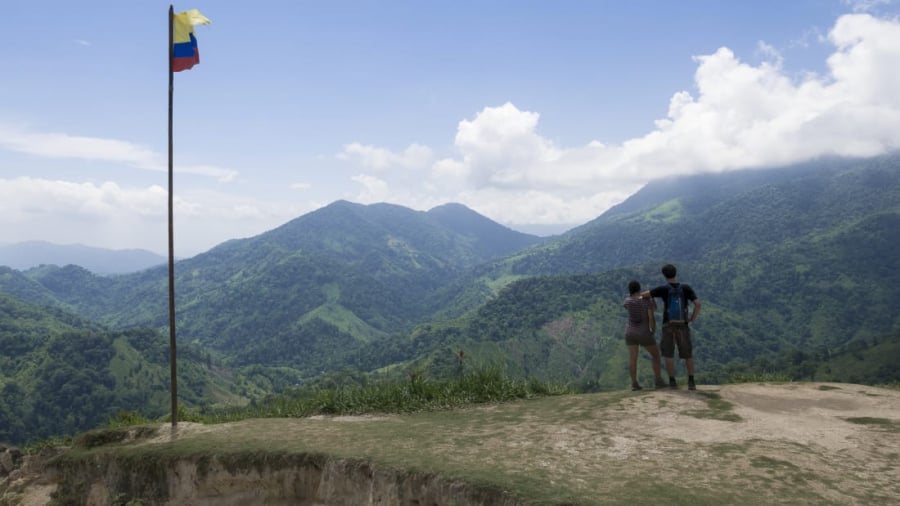
Ciudad Perdida, the old city, takes more time and energy to reach than the Eiffel Tower or Victoria Peak. But that challenge is what makes my journey today so worthwhile.





